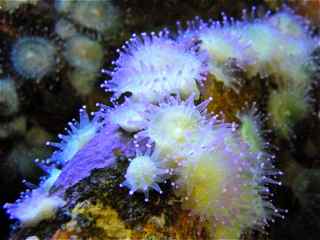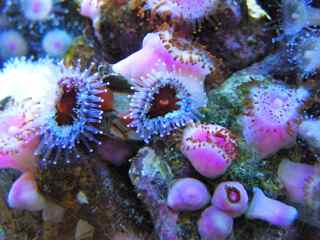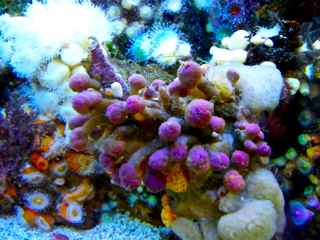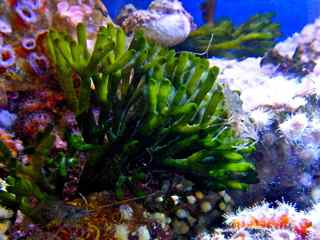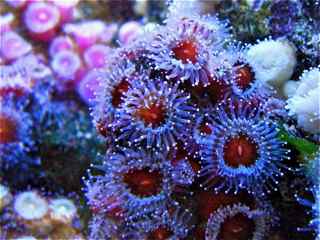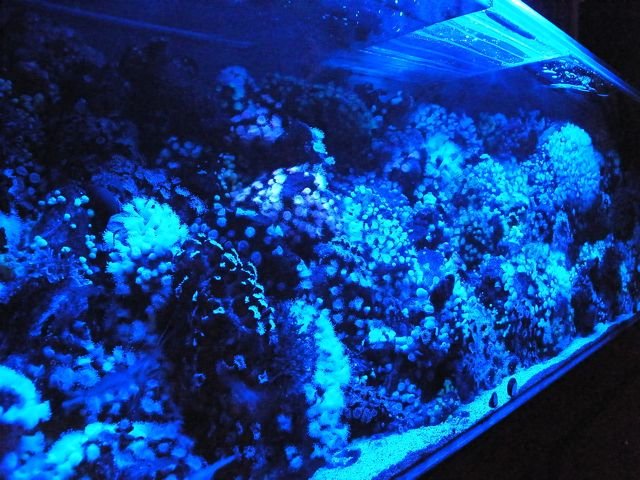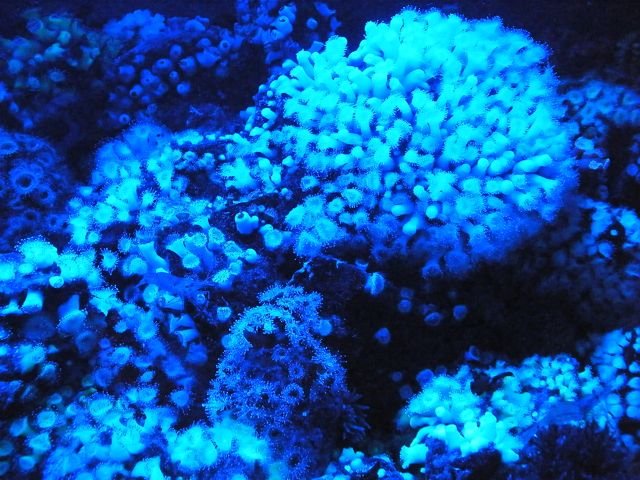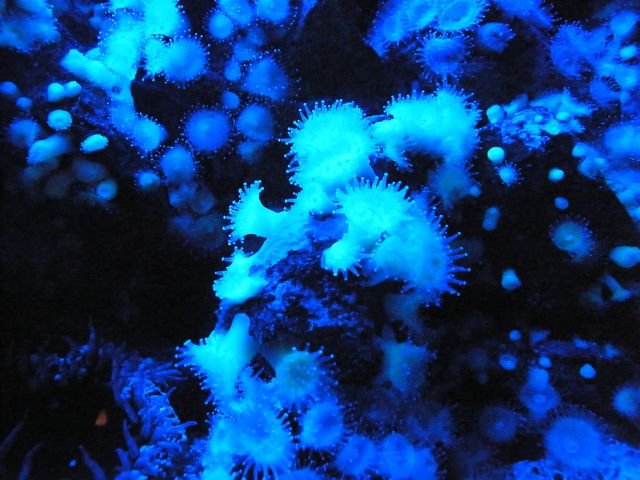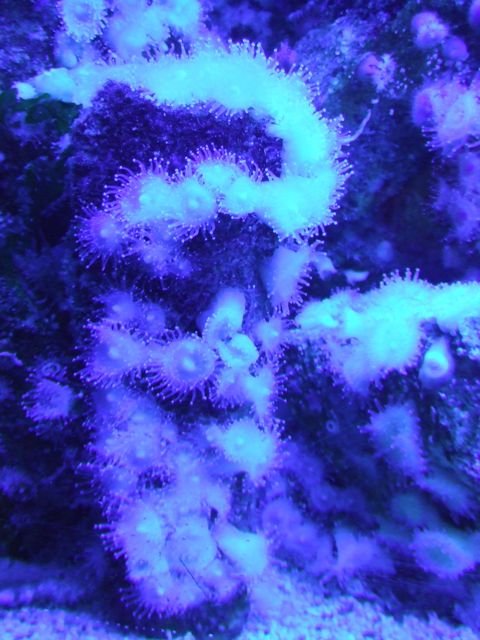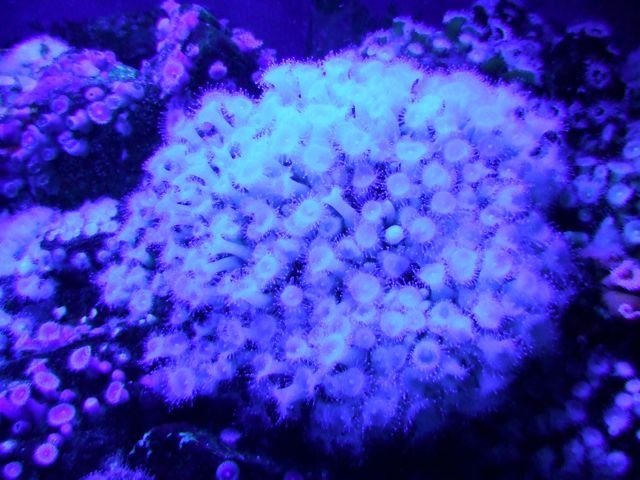Some interesting thoughts there regarding filtration...my set-up goes against the grain in many ways and would both surprise and puzzle many experienced aquarists, most of whom would regard the way I do things as wrong! As far as I'm concerned the proof is in the pudding.
I have a shallow sand bed....no more than half inch max...I have no sump,but run 1 Eheim wet/dry and 3 Eheim large canisters...also a small Eheim full of seagel. These are cleaned every 3 months and do a fantastic job.This also means that when I'm away on business I have no worries regarding possible sump flooding etc. I feed the powdered food twice a day but NEVER turn off my filtration as the powder is quickly consumed (there are literally thousands of polyps, plus live shrimp/krill/hermits.etc). The skimmer is a hang-on Red Sea for up to 1000 litres,(my tank is 1000 litres) which I've had since my tropical marine days and does a fantastic job.
All my rock goes straight into the tank,although I do scrape off some sponges that I know won't do well..they are scraped carefully on collection and go back into the sea..some of the rock is volcanic, our harbour sits in an ancient volcanic crater so your idea of lavarock is a good one.
Don't forget though that I have all the advantages of being able to collect myself and can replicate conditions pretty accurately.
The bottom line is that we gain experience as the years go by...and know what works in terms of what we want from a tank...I kept a tropical marine system for many years before giving the temperate side a go and wasn't sure I'd succeed....the tank has really advanced my knowledge of what can be done and very much goes against the grain in many areas...particularly when it comes to filtration but it has exceeded all expectations and looks every bit as beautiful as a well stocked tropical marine tank.
As always, simplest appears to be best. Your not using a sump is encouraging, I have been apprehensive about the flooding possibilities, there. UV is noticeable by its absence. Are you using some other sort of sterilizer or have you decided to forego that step altogether?
Thank you for your patience, I am very grateful for your commentary as you have clearly evolved a highly successful system.
Cheers,
Laurie


